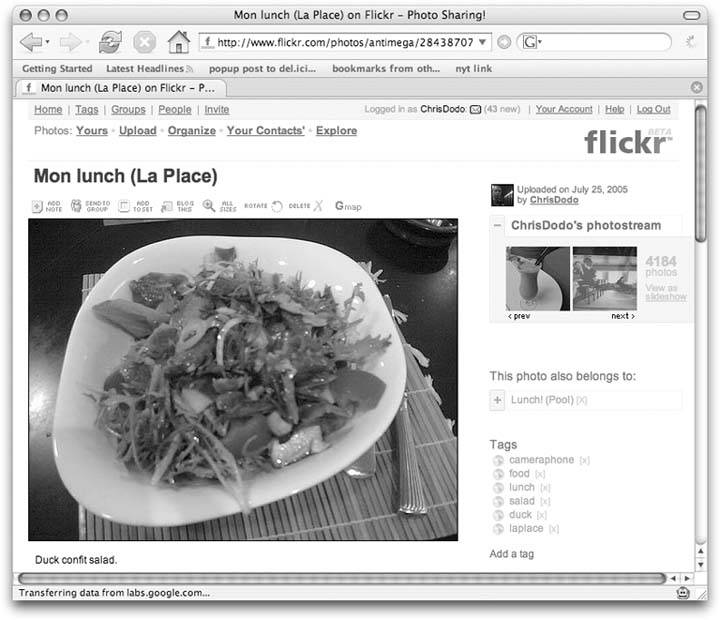

In the above example, we are using different map types in a single HTML document. A function can be created to set the map properties. Var w = new (document.getElementById("Map4"),mapOpt4) for getting the screenshot of the only map content you can use GoogleMapController.takeSnapshot () function. Var z = new (document.getElementById("Map3"),mapOpt3) Var y = new (document.getElementById("Map2"),mapOpt2)

Var x = new (document.getElementById("Map1"),mapOpt1) Used to create a new map inside the element with id=”map”, using the passed parameters. To plot data points onto a background image of GoogleMaps or OpenStreetMap, you need both latitude and longitude coordinates of your data. Note that the map will only display down nodes due to filtering in the query for nd. It can either be ROADMAP, SATELLITE, HYBRID, or TERRAIN type. var map=new (document.getElementById(“map”), mapOptions): var image /Orion/images/StatusIcons/Small-+response.d.Rowsi4. The examples below show how some of the basic styles show up in Google Earth.
Html google map snapshot pdf#
Given a data source, a geographic position, a scale, a paper size and DPI, Mapfish Print will generate a full PDF document (including legends) and send it back to you. The style of the map is specified in the SLD file as a series of rules.

Html google map snapshot software#
MapTypeId: Used to define the map type to display. There are a few dedicated software for printing high-definition maps, such as Mapfish Print which functions as a backend API. Zoom: Used to define the zoom level for a map. MapOptions: Used as a variable to specify the properties for the map.Ĭenter: Used to define the location to center the map using the latitude and longitude coordinates. In the above example, we are creating a function named Map123() to set the map properties. Var map = new (document.getElementById("map"), mapOptions)


 0 kommentar(er)
0 kommentar(er)
